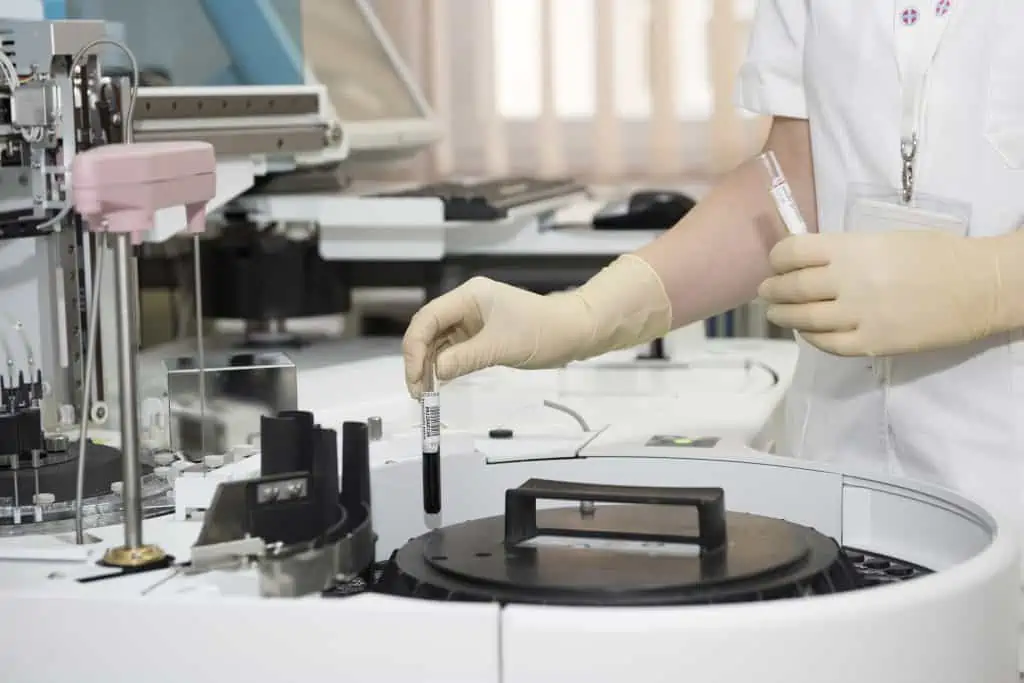High throughput screening is a technique that has been found to have beneficial applications in the pharmaceutical, biotechnology, and research fields. However, very few understand the technique. What exactly is high throughput screening anyway? Why is it important? Well, I’ll explain everything from definition to how it’s used. Read on for an overview of high throughput screening and to discover some of its uses as they apply to the sciences.
What Is High Throughput Screening?
High throughput screening is a method of testing where many samples can be tested at once under the same conditions. In fact, 100s of 1000s of samples can be tested simultaneously, if the lab has the robotic capabilities to allow for the preparation of such high numbers of samples. Other essential elements include multi-platform plate readers and the use of high content imaging.
Benefits to high throughput testing include timelier, cost-effective testing of a large sample group. In addition, researchers can be certain that the conditions of all tests for a particular sample group are exactly the same since they are simultaneous. When samples this large are tested at once, a large, complex, set of data is available right away.
Uses of high throughput screening include mostly biological research purposes. The pharmaceutical industry conducts high throughput testing for drug discovery. Biotechnology and academic researchers use this method of testing for target validation and to research specific genes or proteins that affect biological processes.
How Is High Throughput Screening Performed?

In order to perform high throughput screening, pharmaceutical and biotechnology labs follow a standard set of procedures:
-
Sample preparation – Biological samples must be grown on 96-well microtiter plates in liquid or solid agar. These samples are arranged in an arrayed format, in densities of up to 6,144. Samples are typically prepared with automation.
-
Sample handling – If the samples require distribution of liquid reagents, precise amounts of those reagents should be added to all samples. Robotics can provide the same amount of reagent to each micro sample, then mix without fear of human error. In agar samples, robotics can again manipulate many tiny micro samples – as many as 6,000 microcolonies on each agar plate – without fear of human error.
-
Data acquisition – Depending on the type of experiment, different types of data may be acquired from the samples. Some readouts are performed optically, as with experiments looking for color changes, liquid changes, or other signals. Others involve colony size or other changes to microcolonies. Still, others involve the complex analysis of cellular changes, requiring the use of robotics to provide a set of analyses across time. On average, 2% of samples contain “hits.”
As you can see, high throughput screening uses advanced technologies in the form of robotics to make a high volume of samples possible. Robotics eliminates human error – especially useful over so many samples – and allows a large volume of small samples to be manipulated very precisely. The applications for high throughput screening are numerous.
How Is High Throughput Screening Used?
Researchers use high throughput screening for a number of varied applications. For example, the technology was used to screen a library of 5,000 compounds for two that reversed a gene-expressed zebrafish aortic defect. The molecules identified could have therapeutic qualities for human inherited diseases. Another compound screened showed to contain a molecule that stimulated progenitor cells in human bone marrow, leading to a pharmaceutical designed for this purpose.
High throughput screening continues to show promise for research in the pharmaceutical, biotechnology, and other research fields. With the use of robotics, more and more applications are available, likely resulting in even greater advances in those areas.









